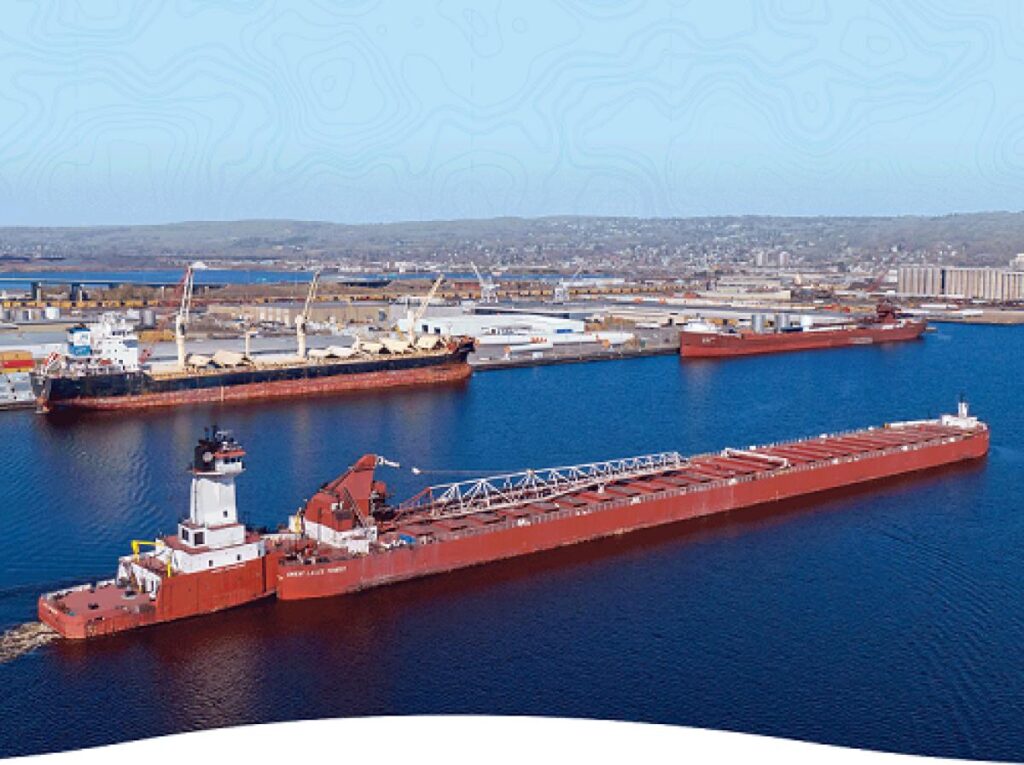Photo courtesy of Duluth Port Authority
The Minnesota Department of Transportation recently issued $18.1 million in grants to support seven port development projects aimed at bolstering the efficient and reliable movement of freight on state waterways.
The Minnesota Department of Transportation recently issued $18.1 million in grants to support seven port development projects aimed at bolstering the efficient and reliable movement of freight on state waterways.
That funding, which comes through the agency’s Port Development Assistance Program, also leverages $8.8 million in local and private funding, for a total construction program of $26.9 million.
That program has awarded nearly $70 million to a variety of port projects since it was established in 1994.
“Minnesota’s multimodal freight transportation system – including the state’s network of river and Great Lakes ports – is one of Minnesota’s strongest assets when it comes to economic development,” said Minnesota DOT Commissioner Nancy Daubenberger in a statement.
“These projects are examples of how collaboration between local partners, enhanced by private-public investments in critical local transportation infrastructure, support economic development and job creation throughout the state,” she added.
Minnesota’s effort to strength its port infrastructure is reflective of broader efforts at the federal level.
In November 2023, the U.S. Maritime Administration – known as MARAD – issued over $653 million to 41 port improvement projects nationwide via its Port Infrastructure Development Program or PIDP.
MARAD noted that the PIDP seeks to improve port and related freight infrastructure to meet the nation’s cargo transportation needs. The program provides planning support, capital funding, and project management assistance to improve capacity and efficiency of ports in both urban and rural areas.
That round of PIDP awards included more than $172.8 million for 26 small ports to continue to improve and expand their capacity to move freight reliably and efficiently, thereby boosting local and regional economies while protecting surrounding communities from air pollution.
Read the full article here

